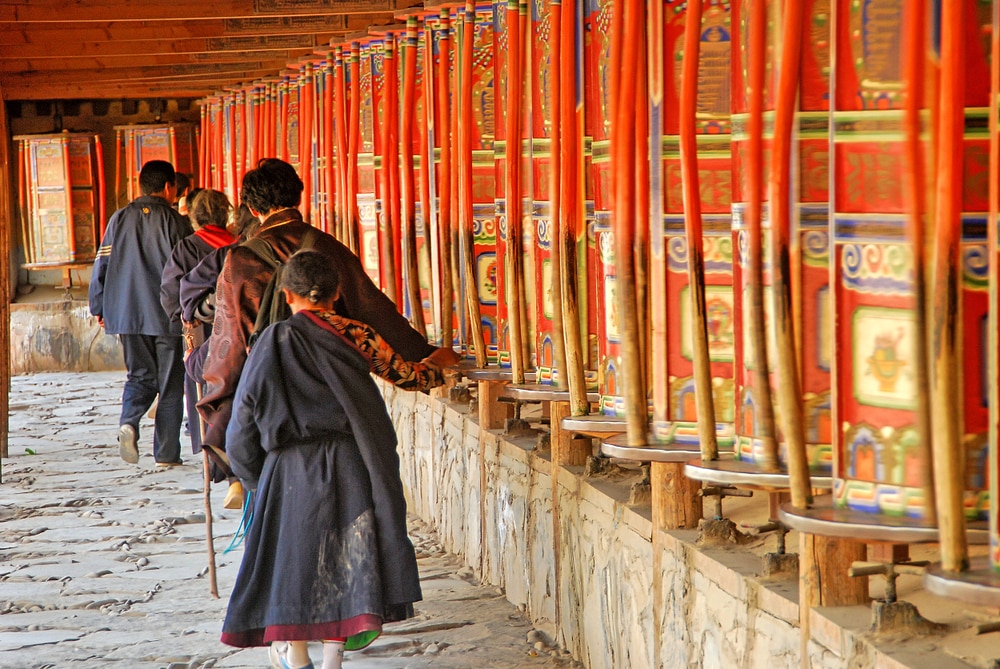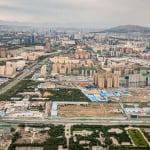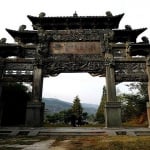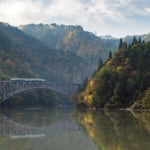Photo by Marcin Szymczak/Shutterstock
How to Travel to Tibet: The Roof of the World in China
Often referred to as the 'Roof of the World', the Tibetan Plateau stands over 4,500 meters above sea level as one of the highest regions on earth. As you might expect from such a mountainous area, Tibet is home to some of the world's most incredible scenery and a unique culture vastly different from typical Han Chinese - entering the country will almost feel like stepping into a different world.
With Tibet being tightly controlled by China, getting into the region isn't quite so simple and requires various procedures that need to be done in advance before you get the green light from the government.
table of contents
[x] close
How to Travel to Tibet: The Roof of the World in China
How to Enter Tibet
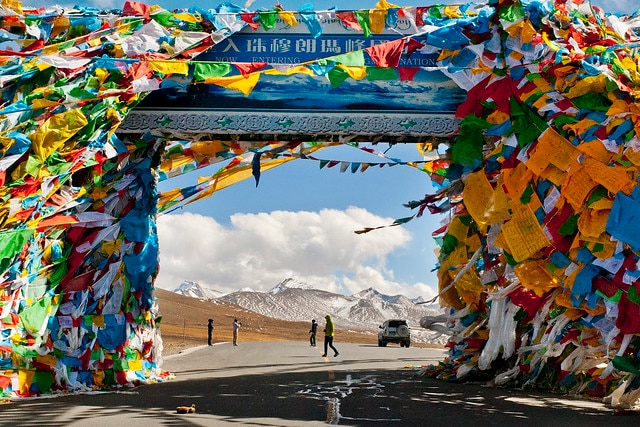
Photo by Göran Höglund/Flickr
Unfortunately simply waltzing over the border by yourself isn't allowed for Tibet, you'll need to get the correct permits from the government before you can travel there. Even with the permits, traveling by yourself without a local Tibetan tour guide isn't possible either, so you'll have to book your trip through a travel agency. As you might expect, even taking group tours can quickly build up costs, meaning Tibet isn't really a good destination for if you're on a strict budget.
With the amount of travel agencies offering tours to Tibet nowadays however, there's a good variation and some tours are much cheaper than others, so it is possible to get there for a relatively low cost.
Although some nationalities were once reported as facing difficulties in getting a permit for Tibet, nowadays that isn't the case and the local government has since announced that all nationalities are eligible. Note that you'll need a separate visa to China first as the permit does not count as a visa, as your tour agency will need the visa details to apply for a permit it's best to apply for one as soon as you can.
The Kinds of Travel Permits for Tibet
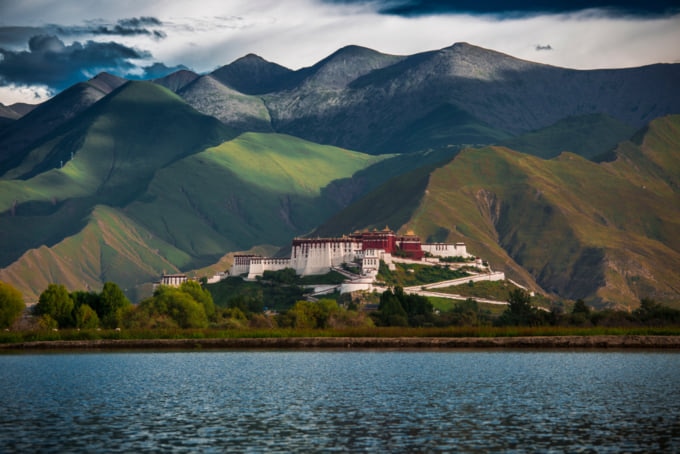
Photo by HelloRF Zcool/Shutterstock
The main permit is called the TTP, Tibet Travel Permit which is used for visiting Lhasa and the surrounding area. If you're planning to go further afield you might need an Alien Travel Permit or even the Tibet Military Permit or Border Permit, depending on the areas you're planning to travel to. As you need to sort everything out through a travel agency anyway, you don't need to apply for the permits by yourself, the agency will know what is needed and apply for you. Just make sure to book with the travel agency with plenty of time to spare before you take your trip there to give enough time for them to sort out the permits.
How to Travel There
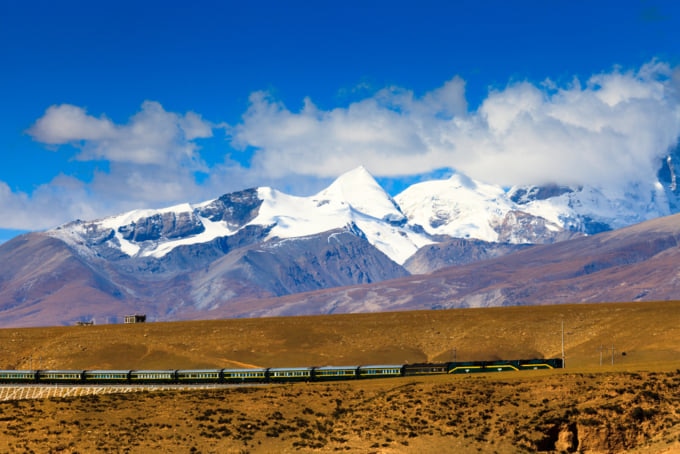
Photo by Philip Yuan/Shutterstock
Along with the capital of Lhasa there are another three main airports in the region, Nyingchi, Changdu Bangda and Gunsar Airports, although most tours tend to head to Lhasa and then use a car or mini-bus to drive around to other places. There are flights to Lhasa from most major airports in China nowadays along with some smaller ones too, the most frequent and cheapest route being from Chengdu.
One of the most popular ways to get there however is by sleeper train, which starts from the Chinese capital of Beijing and arrives in Lhasa around 40 hours later. Unless you're a hardcore train traveler however you'll probably want to shorten the journey by boarding the train further down the line, such as in Xining, which takes just over 20 hours. The scenery during this part of the route is much more spectacular than the previous 20 hours, so most people tend to get on at this point. There's a choice of soft sleeper or hard sleeper beds, the latter being much less private, slightly smaller and less comfortable, albeit at a lower price. You can also choose to just book a regular seat, although it's not advised if you want to get any sleep or personal space.
It's also possible to visit Tibet from Nepal, there are a few flights per week from Kathmandu to Lhasa along with a road border which foreigners are permitted to travel along, although again you'll need to be part of a tour.
Things to Be Aware of
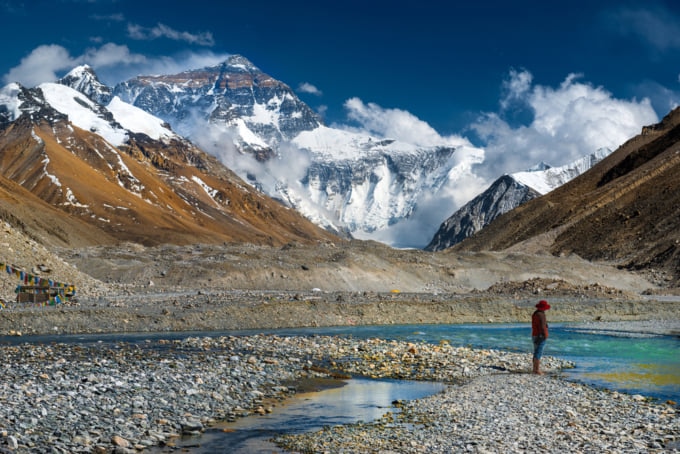
Photo by Rat007/Shutterstock
Probably the most important thing to be aware of when traveling to Tibet is the very common problem of altitude sickness. With pretty much all of Tibet being high up in the mountains, Lhasa itself is 3,656 meters above sea level, so the chances of getting altitude sickness are quite high. There are a few ways to lessen the risk however, depending on how you're planning to travel to the region. If you're flying from a city close to sea level such as Shanghai, suddenly jumping to such a high height gives your body no time to adjust and it's almost certain that you'll feel some kind of symptoms, usually being a headache, dizziness, nausea and shortness of breath.
To lessen the risk of such symptoms it's recommend to spend some time at a higher-altitude city in China for a few days before making the journey, such as Xining which lies at 2,275 meters above sea level. It's high up enough that your body will start adjusting, but still low enough that you most likely won't get altitude sickness. Taking the train is also much better than flying direct as it gives you a bit of time to gradually adjust.
While Tibet was once an independent country, since China invaded and took control in the 1950s that's all changed, the region is now very much part of China and claiming otherwise while traveling there can be a risky move that could result in some heavy questioning or even imprisonment from Chinese authorities. Be sure not to pressure your local Tibetan guides into talking about sensitive political matters such as asking their thoughts on the control of the government, as it could cause problems for them.
Seeing Tibet Without Actually Entering Tibet
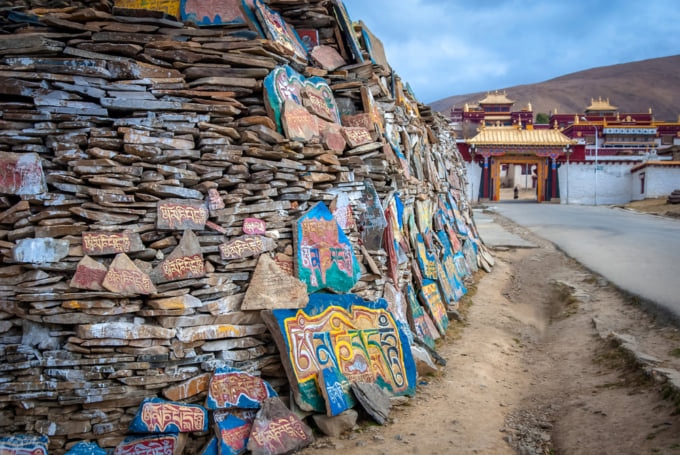
Photo by Ron Ramtang/Shutterstock
Several regions which used to be part of Tibet have since been incorporated into other provinces by China, leaving large pockets of areas around Yunnan, Sichuan, Qinghai and Gansu that are still populated by Tibetans. Garnze Tibetan Autonomous Prefecture is one of these places and offers an insight into the incredible Tibetan culture and beautiful scenery without actually needing to get a permit for the region.
If you're not willing or don't have time to go through the hassle of using a travel agency, this can be a great alternative to taking a tour into Tibet. You'll most likely need a guide anyway however and be aware that the closer you get to the border the more difficult things can get with increasing security checks and questioning from authorities.
Conclusion
Tibet is home to one of the world's most unique cultures, deeply rooted in Buddhist traditions whose people are often extremely friendly and welcoming to foreigners. The region is like no other place on earth, perfect for someone looking for a unique and memorable experience. While it might sound like a pain to get there, in reality the tour company will sort out all of the procedures leaving little for you to actually do but plan how to get there. Some of the more expensive tours even include transportation to and from Lhasa.





